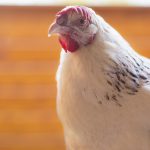Scissor Beak Or Cross Beak In Chickens: Causes and Treatment
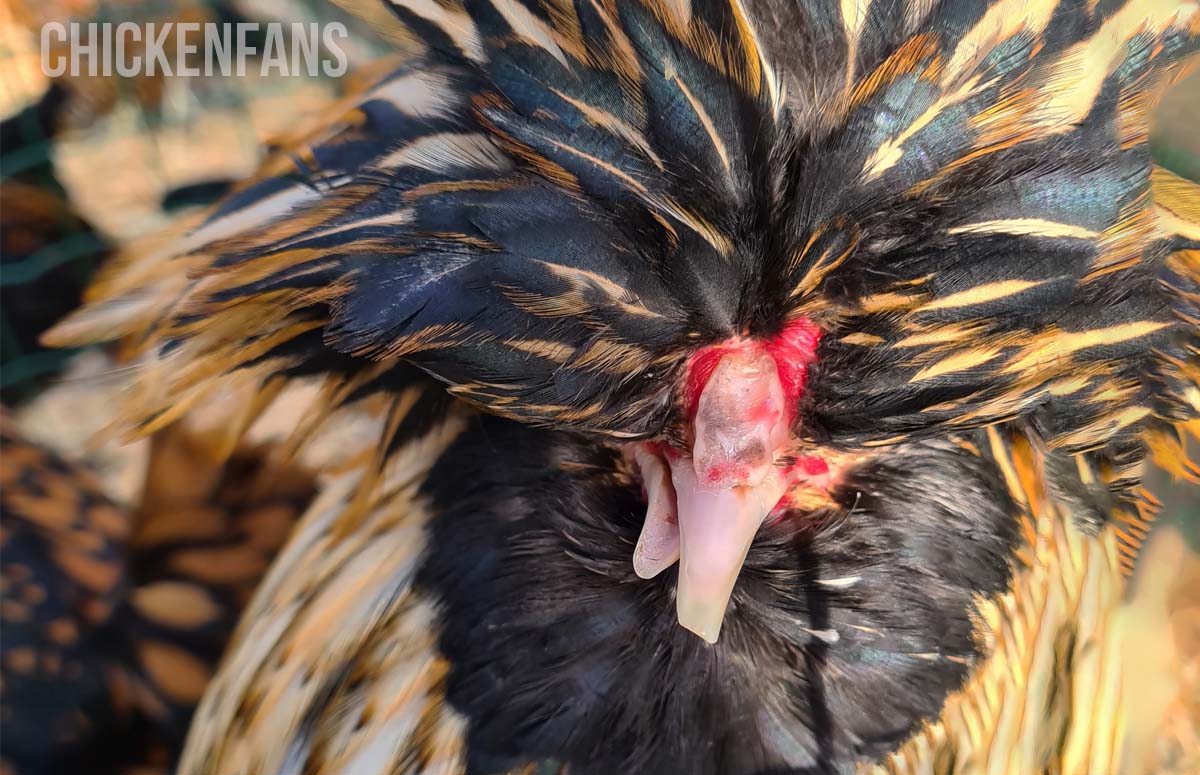
Scissor beaks are not a normal occurrence in chickens, so it is natural for chicken keepers to wonder if raising chickens with cross beaks is worth it. You may doubt the longevity of these birds due to this deformity, while others may shy away from the additional work involved in caring.
What is Scissor Beak or Cross Beak in Chickens?
A cross beak, also known as a scissor beak, denotes a bird’s mismatched top and bottom beaks. The upper and lower beak do not align when the beak is closed. Instead, they point in different directions.
This condition is mostly seen in young chicks. It may begin as a minor deviation but can gradually become progressively worse. Other commonly used names besides cross and scissor beak are crooked beak and lateral beak deviation.
Is Scissor Beak Dangerous?
Due to the scissor beak affecting the chicken’s ability to use it correctly, there is overgrowth in the lower beak and a worsening deviation of the upper beak. This malformation is causing concern among owners because it prevents the bird from eating and drinking properly.
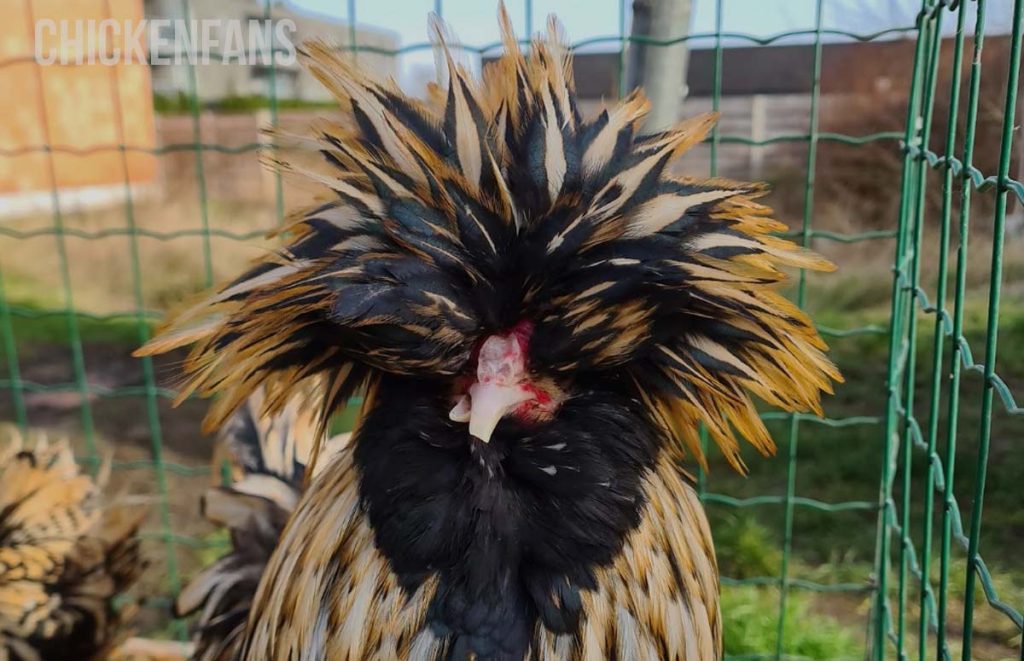
Besides eating and drinking, chickens use their beaks for other activities like exploring, pecking, and preening. The deformed beaks make it hard for them to perform their usual activities. Other flock members may bully them which may mean they are not getting enough food.
Due to the difficulty in care, some advise culling such chickens immediately upon spotting the condition. The reason is that they may die due to starvation and lack of hydration. However, in most cases of cross beaks, the birds survive and live a long and happy life with the proper care.
What Causes a Scissor Beak?
To better understand the cause of scissor beak in chickens, there are some important causes that hobbyist chicken keepers should be aware of.
Keeping that in mind, it’s also important to note that cross beak is likely not caused by one single reason but is influenced by a combination of genetic, environmental, and management factors.
Let’s address some interesting causes of scissor beak in chickens:
- Genetic mutation: Several studies suggest that a recessive, autosomal, and semi-lethal genetic mutation leads to a shortening of the upper beak and long bones in fowl. This mutation is believed to play a role in the development of cross beak.
- Malposition in the egg: The incorrect positioning of the chick for hatching can cause malformation. In normal hatching, one chick’s wing will protect the head in the shell. If the wing is not positioned correctly, the skull will not form properly, resulting in a cross beak.
- Incubation temperatures: Landauer’s study found that incubation temperatures greatly influence the frequency of eye abnormalities associated with cross beak. Variations in temperature during incubation can contribute to the occurrence of cross beak.
- Other associated conditions: It’s found that non-hereditary deformed beaks can be associated with conditions such as unilateral microphthalmia or anophthalmia in chick embryos.
- Hereditary Predisposition: A breeding trial on Appenzeller Barthuhn chickens suggested a possible hereditary cause of cross beak. Offspring from parent stock with cross beak had a higher prevalence of deformed beaks, indicating a potential genetic predisposition in this breed.
- Bone morphogenetic protein 4 (BMP4): A study on Huiyang bearded chickens found that the expression levels of BMP4 in craniofacial bones were associated with the occurrence and severity of cross beak.
- Genetics and management factors: A study by A. Azizpour identified genetics and management factors as the cause of cross beak in a large population of broiler chicks with congenital anomalies.
Other possible causes are nutritional imbalances or diseases. It’s important to remember that scissor beak can occur in many ways, influenced by many conditions.
The severity of the condition varies, with moderate cases being managed with proper care, severe cases requiring close attention, and mildest cases not needing much care.
Prevention of Scissor Beak in Chickens
Preventing scissor beak in chickens can be challenging as it is primarily believed to be influenced by genetic factors. But, there are some considerations to keep in mind.
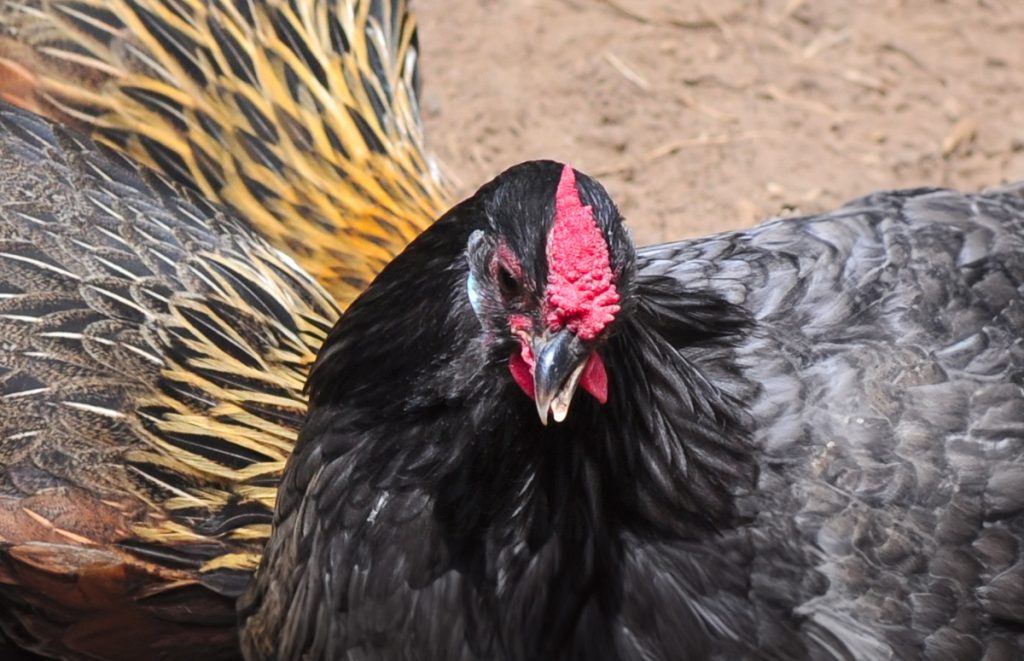
- Do not breed with scissor beak chickens: In the case of chicks that hatch with scissor beaks, genetics may be a reason. Breeding these chicks as adults is not recommended, as the condition may be passed to their offspring.
- Use quality incubators: If the chicks were hatched in a low-cost home incubator, chances are the temperature and humidity may not be properly maintained. This can lead to cross beak formation. Monitoring the incubation condition or investing in a proper incubator can prevent this condition.
- Quality nutrition: Sometimes free-ranging birds may gorge on all types of food and don’t consume enough of a balanced diet. Paying attention to the diet is another preventive measure.
- Early monitoring and intervention: Regulary monitor chicks for any sings of beak deformities. Early intervention can help to prevent further complications.
Treatment and Cure of Scissor Beak in Chickens
Unfortunately, no permanent cure is present for the condition. But based on how severe the condition is, it is possible to provide the chicken with a good growing environment.
Watching out for the signs and symptoms of cross beaks can help identify the condition early. The beak shape is a definitive sign. If the upper beak is not in line with the lower beak, it indicates a cross beak.
Further, the growth in cross-beaked chicks is slow due to their eating difficulty. They weigh less and grow to be smaller than their normal counterparts.
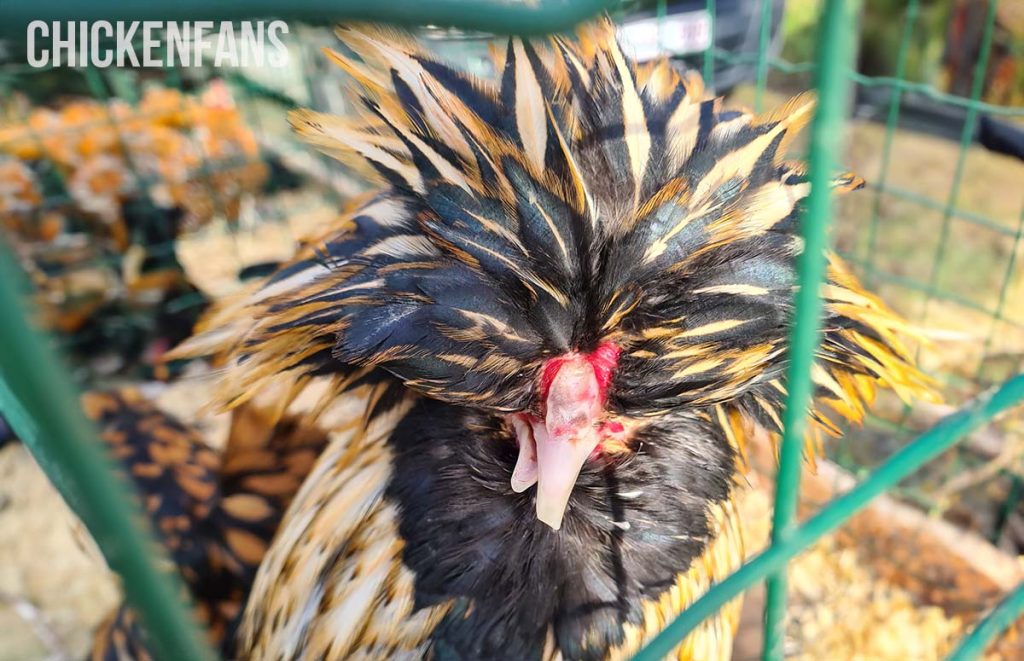
If found in an early stage, conservative treatment can help. This includes:
- Applying gentle pressure on the deviated beak for about 10 minutes two to three times a day.
- Regular trimming of the beak can also correct the deformity in some chicks and take care of the overgrowth of the beak in others. This should only be done by an experienced poultry veterinarian to ensure its done safely without harming the bird.
Any management measures taken to keep the chicken healthy can fail in severe cases. In such cases, it is best to cull the bird rather than let it suffer due to dehydration and starvation. While culling may seem heartless, it will be the best decision overall.
Care Tips for Scissor Beak Chickens
While mild cases do not need much care, moderate and severe cases need proper handling and care. Here are some tips:
- Use deep feed containers: Deep bowls or feeding containers help the chicken to scoop the food easily. The feeding bowls can be raised to chest height by placing them on a stone or brick.
- Provide high-nutrition feed: Separate and high-nutrition feedings, like mealworms, ensure they receive a balanced diet.
- Give crumble feed instead of pellets: Crumble feed can be easier to pick up. Moistening the food and mashing it also helps the birds to scoop the feed easily.
- Trim the beak with help from a professional: This will help to bring the beaks more in line. While trimming may seem like clipping a finger nail, it can hurt the chicken. Ask help from an expert or a veterinarian if you want to trim the beak.
- Regularly check for parasites: Preening is difficult with a cross beak. The birds should be watched closely for mites, lice, and other pests. Further, their lack of sufficient intake and the parasite infestation can drastically affect their health.
Expert Care
Taking help from a veterinary expert can help in the proper management of the condition. A vet can identify the cause if it is due to infection, liver disease, injury, or nutritional deficiency.
In severe cases, the birds may eat minimally. In such a case, trimming the beaks can help. Sometimes improper trimming may make the problem worse. A vet can do it without harming the chicken.
Malformation in the skull can be corrected using a prosthesis or by the placement of pins and other such treatment measures.
Further, the cross beak can be due to some underlying condition, like liver problems or deficiency of certain nutrients. A veterinary doctor can address the underlying cause and provide comprehensive care.
Summary
Scissor beak in a chicken is an anomaly that can affect the chicken if you are unaware of the condition, its impact, and how to handle it. The above guide and care tips will help hobbyists and chicken breeders identify the malformation, assess its severity, and provide appropriate care.
Other than the most severe cases of scissor beaks, most birds with this deformity can grow up to be healthy and live longer lives. A few changes in the feeding and care routine of the birds will keep them active.




